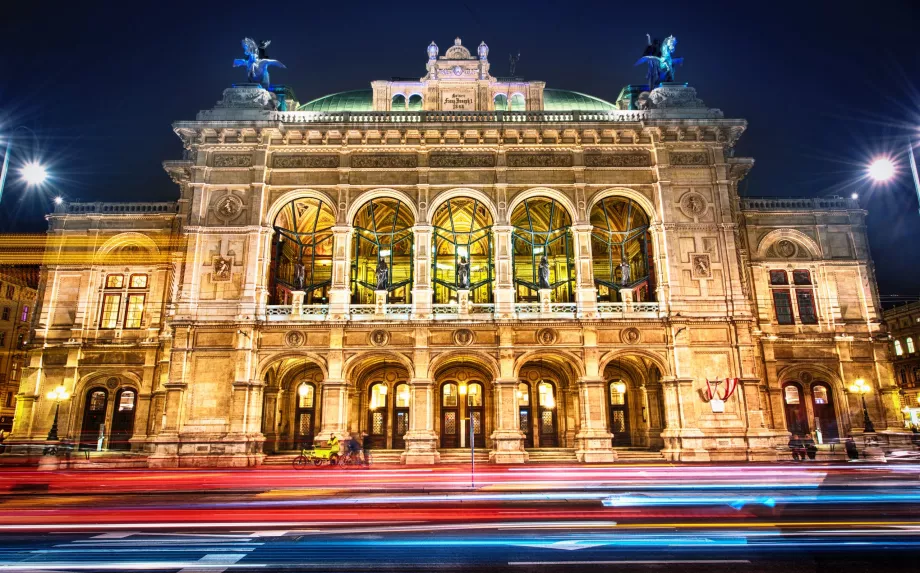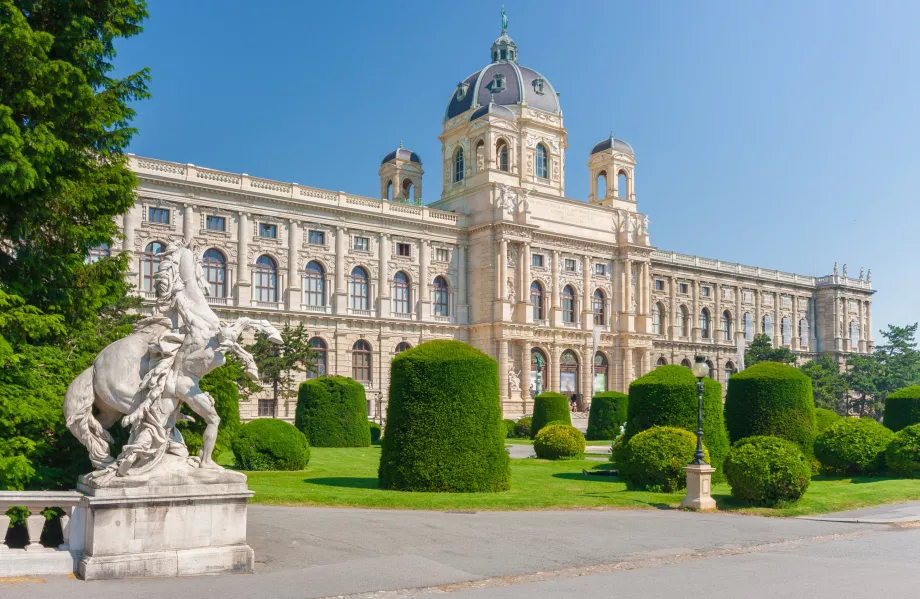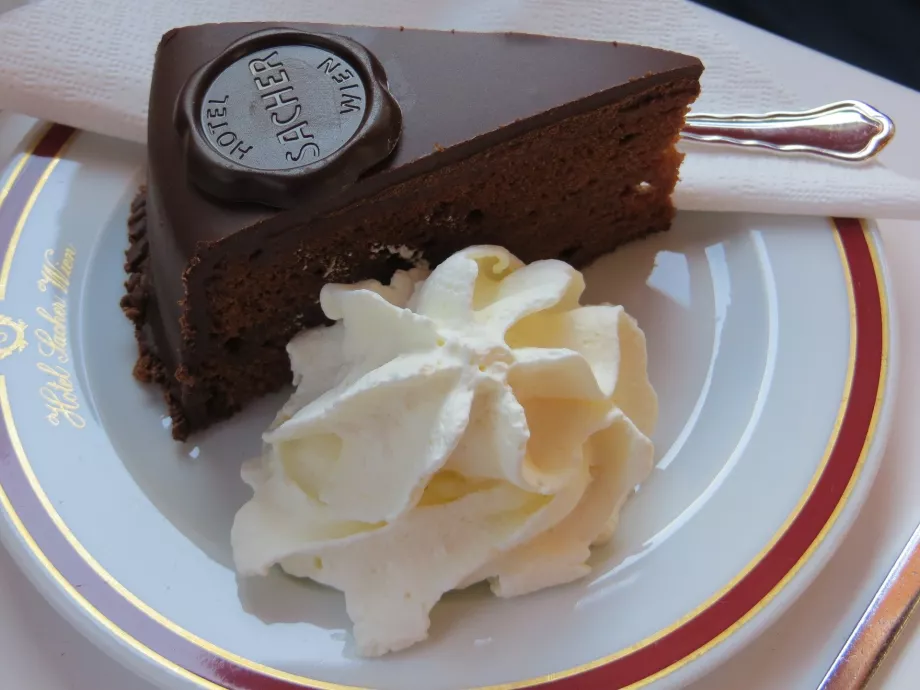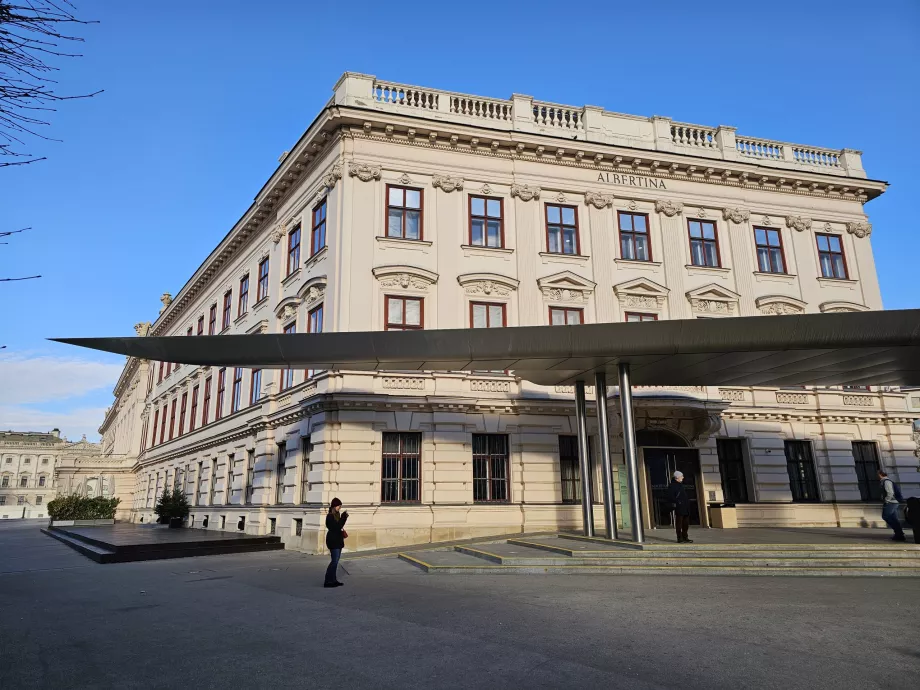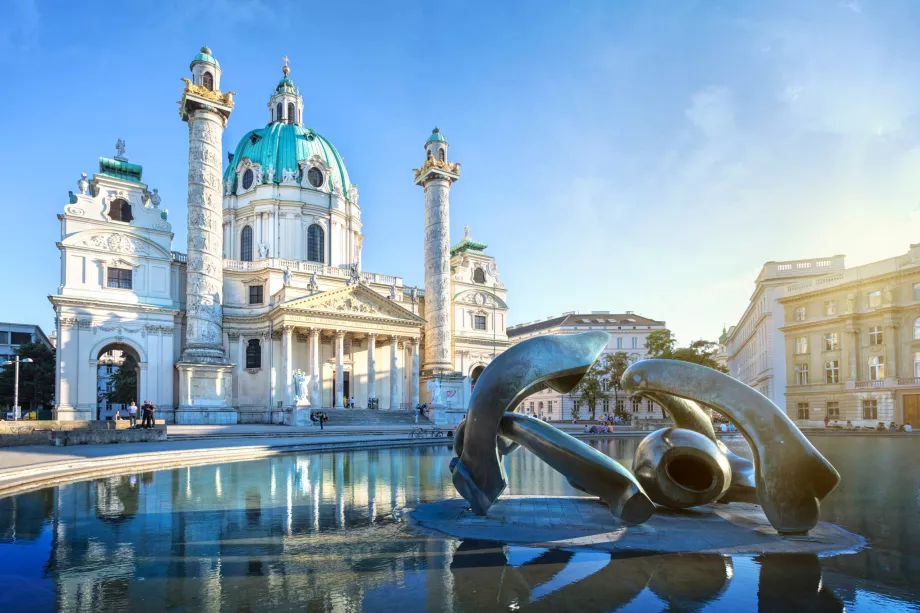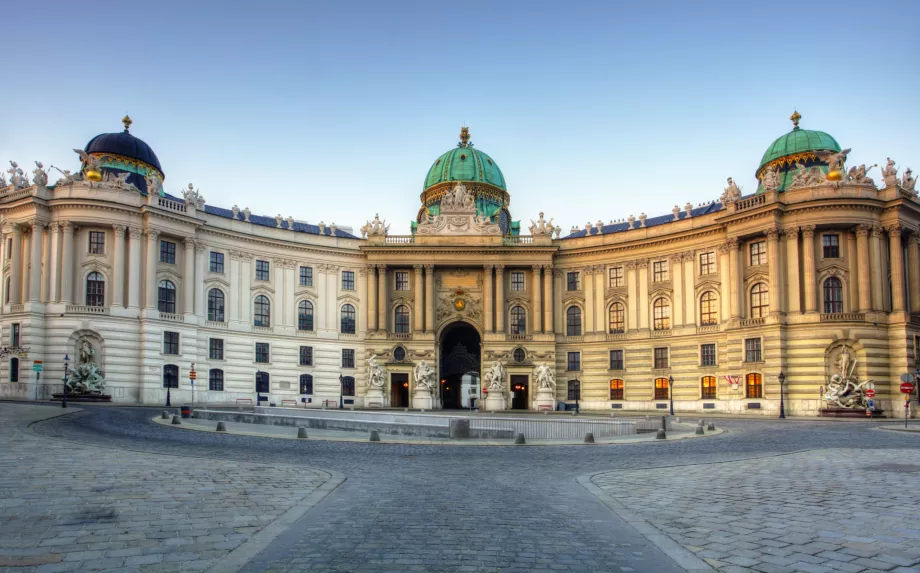Secession Pavilion
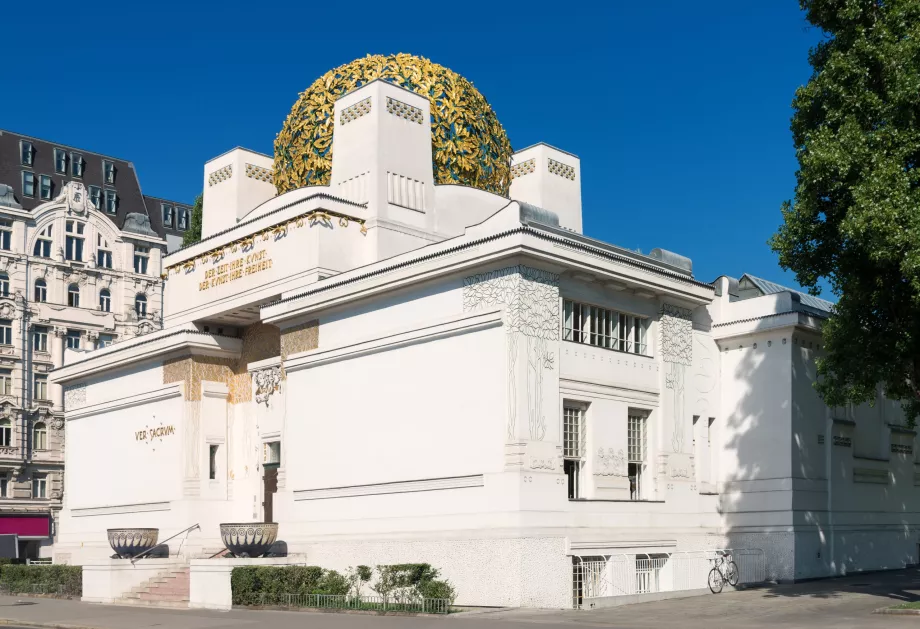
The unadorned structure of the Art Nouveau Pavilion with its golden dome made up of some 3,000 gilded laurel leaves is one of Vienna's many symbols and has been a source of amusing controversy ever since it was built.
Due to the specific shape of the dome, the pavilion is often nicknamed the "golden cabbage" among Viennese, but more often simply as "Art Nouveau".
The new direction of Art Nouveau and the new pavilion
In 1897, a group of artists who rejected the conservatism in art and the ossification of the monumental buildings that had flooded Vienna during the 18th and 19th centuries founded the "Vienna Secession", headed by the famous painter Gustav Klimt.
As a new venue for the construction of modern art, the association, under the leadership of the Opava architect Joseph Maria Olbrich, opened the new Secession Pavilion as early as 1898.
Olbrich wanted this form to represent a palace of art from which golden fruits grow.
Beethoven's frieze and exhibitions
In the basement of the pavilion, the masterpiece of the painter Gustav Klimt, Beethoven's Frieze, is on display. Over 34 metres long, the painting is a representation of Beethoven's 9th Symphony and ranks among the most famous Art Nouveau paintings in the world.
The main part of the pavilion then hosts various exhibitions focusing on modern art, usually around 20 exhibitions a year.
Admission and opening hours
The Pavilion is open daily except Mondays from 10:00-18:00.
Admission always includes a visit to the Beethoven Frieze painting and the current exhibition in progress:
- 12 eur - Adults
- 10 eur - students aged 19-26 and seniors over 65
For official information and details on current exhibitions, visit secession.at.
What to see around
Discover all the places to see in Vienna.
Any questions left?
If you have any questions or comments about the article...

